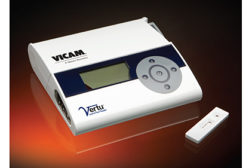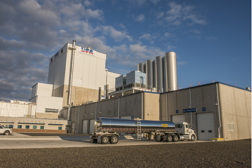Foremost Farms to build dairy campus in MI
Foremost Farms would initially process milk solids for internal use in farmer-owned production facilities in the Upper Midwest, and for sales to customers and to strategic alliance partners.
Read More




